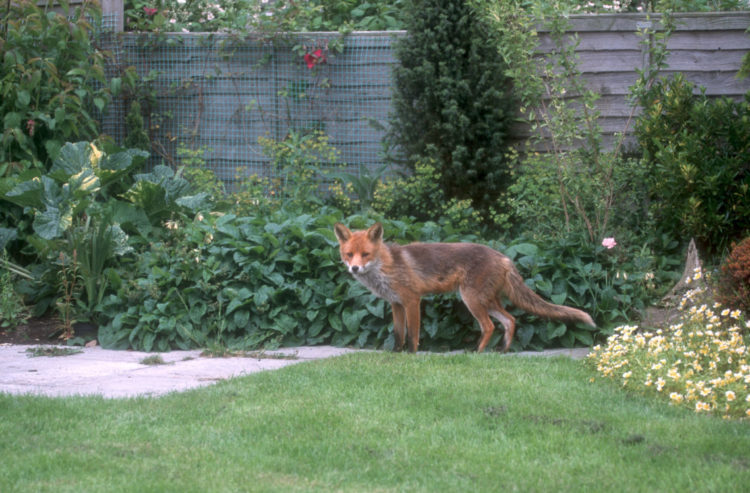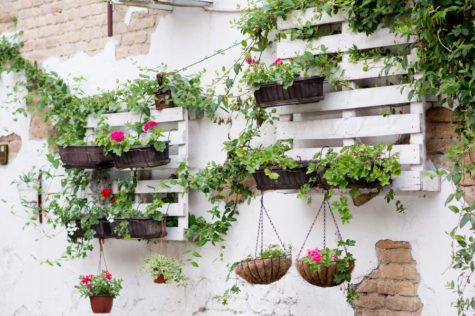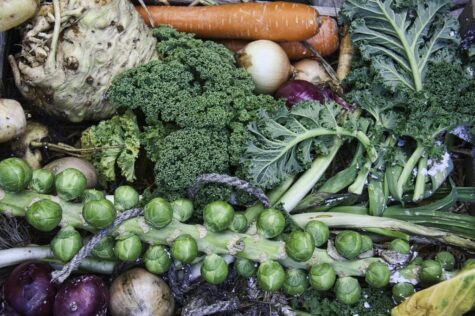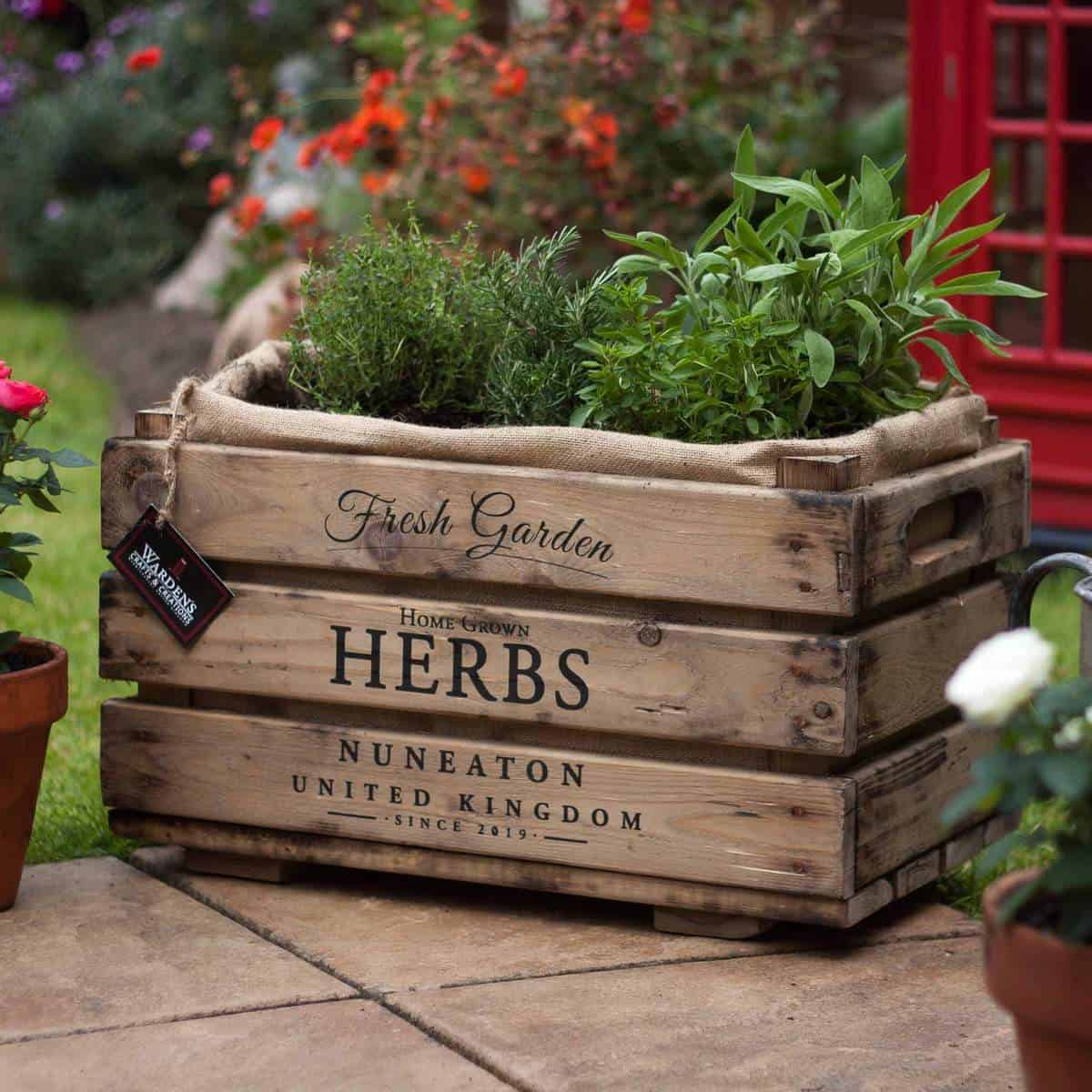Once you’ve tasted a home-grown cucumber, there’s no going back. These sun-loving crops can be a little tricky to grow outdoors, but will thrive in warm temperatures and greenhouse conditions. When you’ve got the hang of how to grow cucumbers, you’ll be glad to have your own crop of these crunchy delights to add freshness and juiciness to a whole host of recipes.

Growing cucumbers: Where to begin?
Cucumbers can be grown from seeds or, for a slightly better chance of success, from young plants bought at garden centre nurseries. Cucumbers are generally a warm-weather crop, so growing them in a greenhouse is recommended, although we will also cover how to grow cucumbers outdoors in the UK too.
Cucumber varieties grow in one of two ways: vine cucumbers, which have long tendrils that will creep across the ground (unless you train them to grow up a trellis), and bush cucumbers, which will take up less space. It’s also worth noting that cucumbers are typically grown as either ‘slicing’ cucumbers (the kind you’d use in a salad), or ‘pickling’ types that, as the name suggests, generally taste better once they’ve been pickled.
Plant in: March, April, May, June
Move outdoors in: May, June
Harvest in: July, August, September, October
Sowing cucumbers

Cucumbers grow best in a medium-weight soil, with plenty of compost or well-rotted manure mixed in. With artificial heat, you can plant your cucumbers from mid-March, but if you can only grow them outdoors, it’s better to wait until May or June.
Even if you’re looking for how to grow cucumbers outdoors, it’s a good idea to start your cucumbers off in potting trays for about 4 weeks, so you can keep them at a consistent temperature for them to germinate. You can also grow 2-3 seeds in a larger (15cm) pot.
Your seeds should be planted ‘sideways’, roughly 1-2cm deep into the soil. Keep your seed trays at 21°C, whether that’s on a sunny kitchen windowsill (with a glass or plastic cover), under a grow-lamp or inside a heated greenhouse.
Your seedlings will be ready to move again (either to a larger pot or outdoors) once they’re about 8cm tall. Move them to a sunny and sheltered position, and space each seedling about 30cm apart. Add a layer of mulch or rich compost to the top of the soil to help them retain moisture.
How to grow cucumbers in a greenhouse

Growing cucumbers in a greenhouse is an ideal way to control the temperature and protect fragile cucumbers from cold snaps and bad weather. Your young cucumbers will suffer if the temperature drops below 12-15°C, so don’t move any to an unheated greenhouse until at least late May.
When your seedlings are ready for more growing room, plant them individually into 23cm pots, filled with a nutrient-rich compost. You can also grow them in raised greenhouse beds, keeping each plant about 30cm apart. As they grow, you’ll want to train vine cucumbers up a bamboo pole or frame – gently tie longer shoots to the pole with string to get them started.
As your plants start to reach the top of your greenhouse, it’s time to start pruning them back. Pinch off the tip of the main stem to stop the plant getting taller, and to encourage growth elsewhere. Where you see female flowers (the ones with small fruit behind them), move two leaves closer to the end of the vine, and pinch off the tips – again, to focus plant growth on the fruit. Finally, any vines without flowers can also be pinched off when they grow beyond 60cm.
Water your cucumbers little and often, keeping their soil moist but not waterlogged. If you can, raise the humidity when it starts to get warm (watering a warm greenhouse floor is one trick to doing this). Every two weeks, mix in some liquid fertiliser to keep your crops topped up with balanced nutrients.
How to grow cucumbers outdoors

If you can’t start your cucumbers off indoors, wait until May or June to plant your seeds outside, and cover them with a cloche, fleece, or clear plastic cover to help them retain heat. Planting your cucumbers in beds is the best way to give them enough room to grow (although, just like in a greenhouse, you can train them up a trellis).
Find an area with maximum sunshine and shelter, and prepare the soil by adding a 7cm layer of compost to the surface, and mixing it at least 30cm deep. Then, sow and grow as you would indoors, planting seeds every 30cm, encouraging them up a trellis (if you want to), and pinching the ends to focus growth in the centre of your cucumber plants.
Make sure to keep your plants watered, especially when your cucumbers begin to flower and then fruit. Don’t water the flowers though – just the base of the plant. Wet flowers can become rotten and upset the whole plant and its yield.
Harvesting cucumbers

With the right conditions and care, your cucumber plants should start to mature from about 50 days of growth. If you’re growing a pickling variety, they’ll be ready to pick when they’re between 5-10cm long, and slicing cucumbers are ready once they reach 15-20cm long.
To harvest, either break individual cucumbers off with your hands, or use sharp garden scissors to cut them from the vine. Like many other vegetables, your cucumber plant will continue to produce more cucumbers as you pick them off, so the more frequently you harvest, the more cucumbers you will ultimately grow.
Common problems when growing cucumbers

Compared to some of the other vegetables we’ve talked about (like tomatoes and green beans), learning how to grow cucumbers can be a bit tricky. One way to ensure you have a successful harvest is to keep an eye out for some of the more common problems with cucumbers.
- Cucumber mosaic virus is probably the best-known challenge of growing cucumbers, and causes a distinctive patterning on leaves (which gives it its name). You’ll also notice stunted, deformed vine growth and that your plant struggling to flower. Any fruit that appears will also be stunted, with pitted skin and a hard, inedible texture. Cucumber mosaic virus is spread by aphids, so take precautions that minimise pest insects and be careful to destroy infected plants.
- Whitefly is another pest-based problem, where little white flies (again, the clue is in the name) suck the sap from your cucumber plants. This will weaken the vines, and also leave a sticky residue on your plants that in turn causes a sooty mould to grow. Take steps to limit bugs near your cucumbers, like growing them under a mesh outdoors or using sticky traps in your greenhouse.
- Powdery mildew is a dusty white mould that will grow across the leaves of your cucumber plant, slowly causing them to shrivel. When the problem is extensive, the overall health of your plant will be affected. If you notice the signs of powdery mildew, make sure you’re keeping the soil around the base of your cucumber plants moist and are allowing cool air to circulate around your plant too.
Learning how to grow cucumbers can be a steeper learning curve than growing herbs or tomatoes, but they’re a really rewarding crop if you can provide the right conditions. Brimming with vitamins and minerals, they’re not only amazing in salads and dips (I’m looking at you, tzatziki), they’re great for garnishing cocktails and even using in home-made beauty treatments.
Don’t forget to check out our other growing guides, helping you to get started with herbs, shade veggies, potatoes, tomatoes and all kinds of other delicious foods. Happy growing!

Save this pin for later






